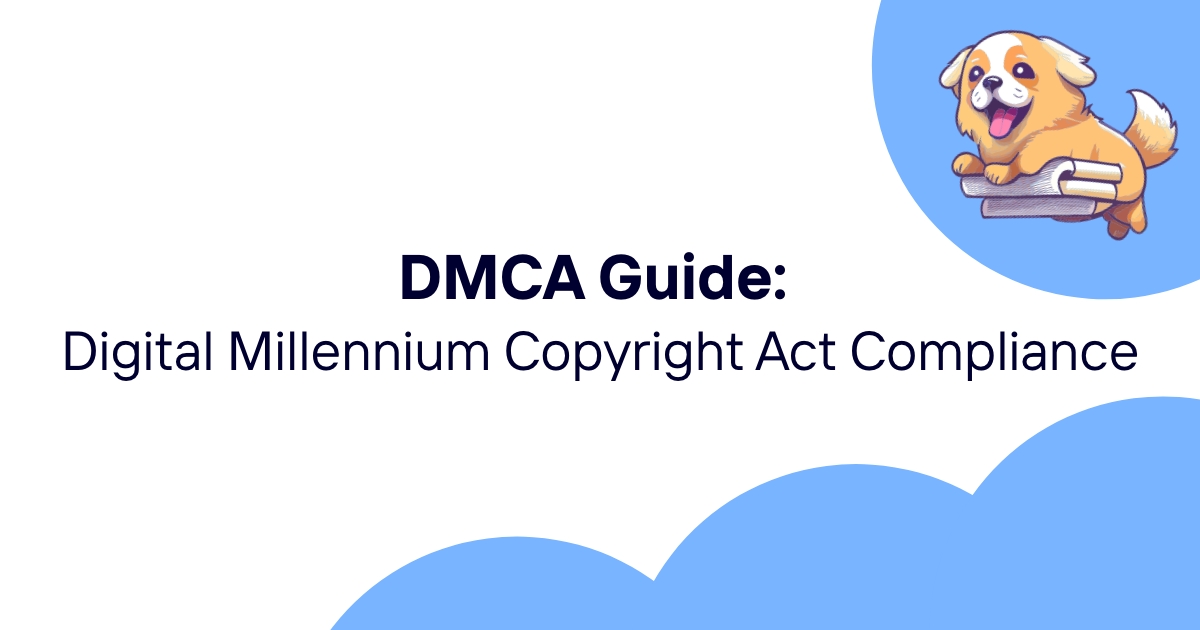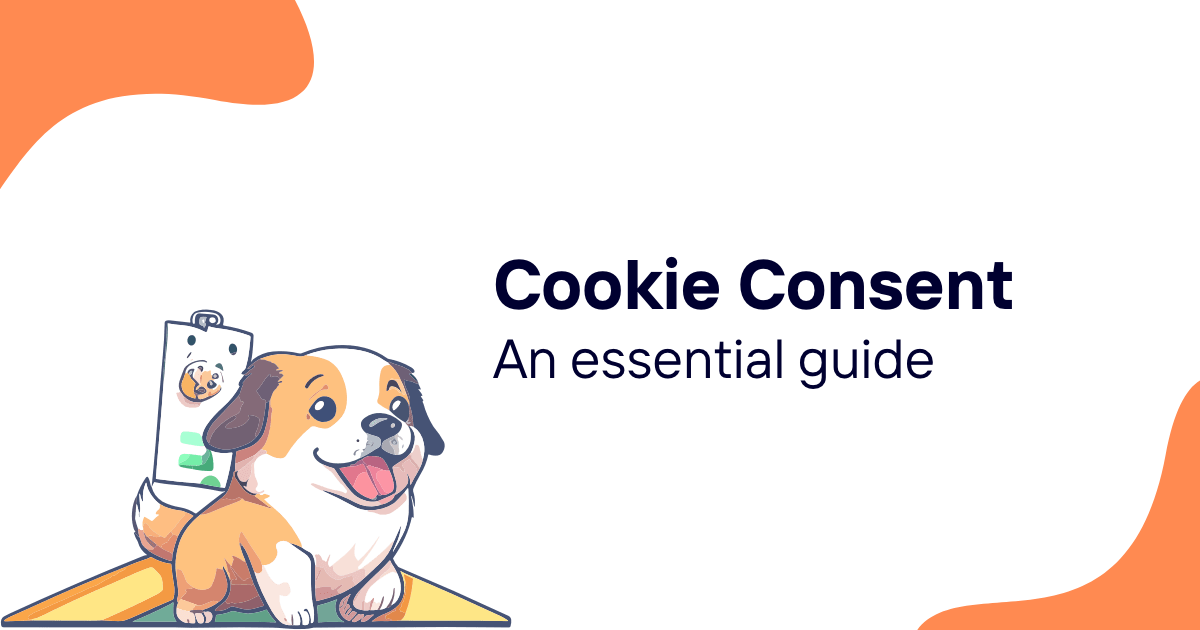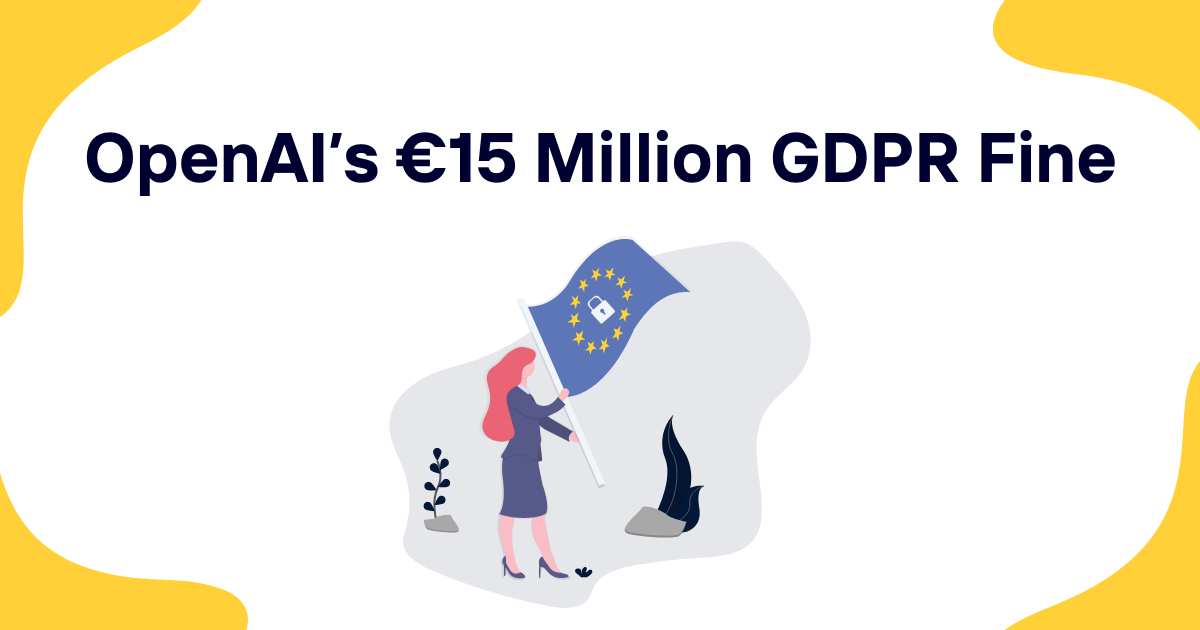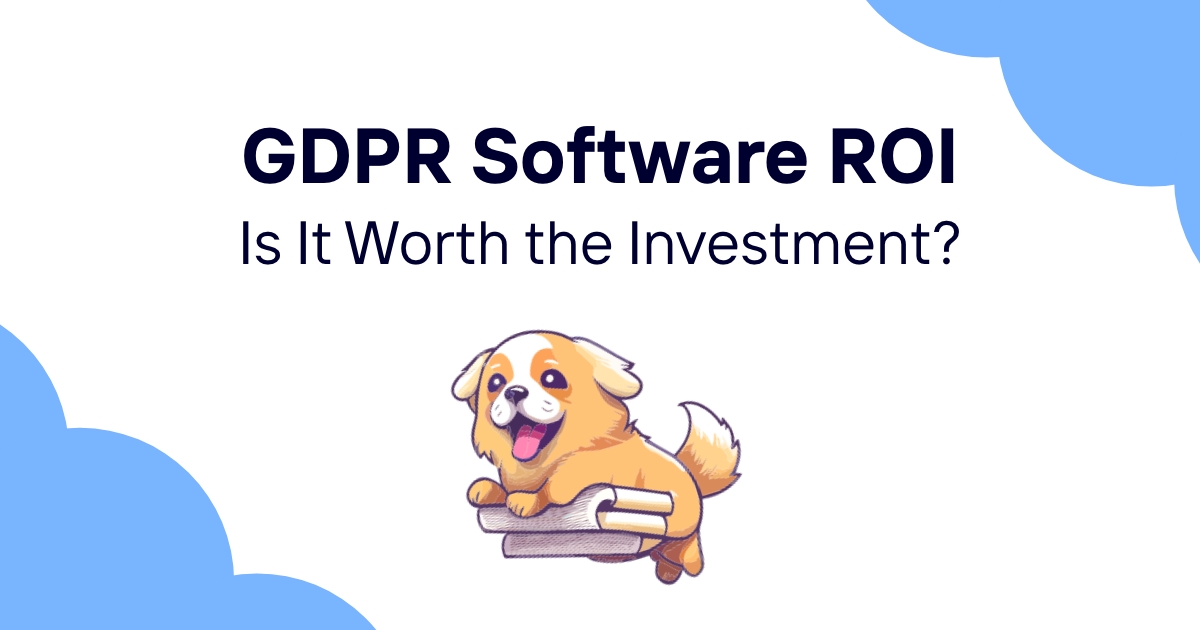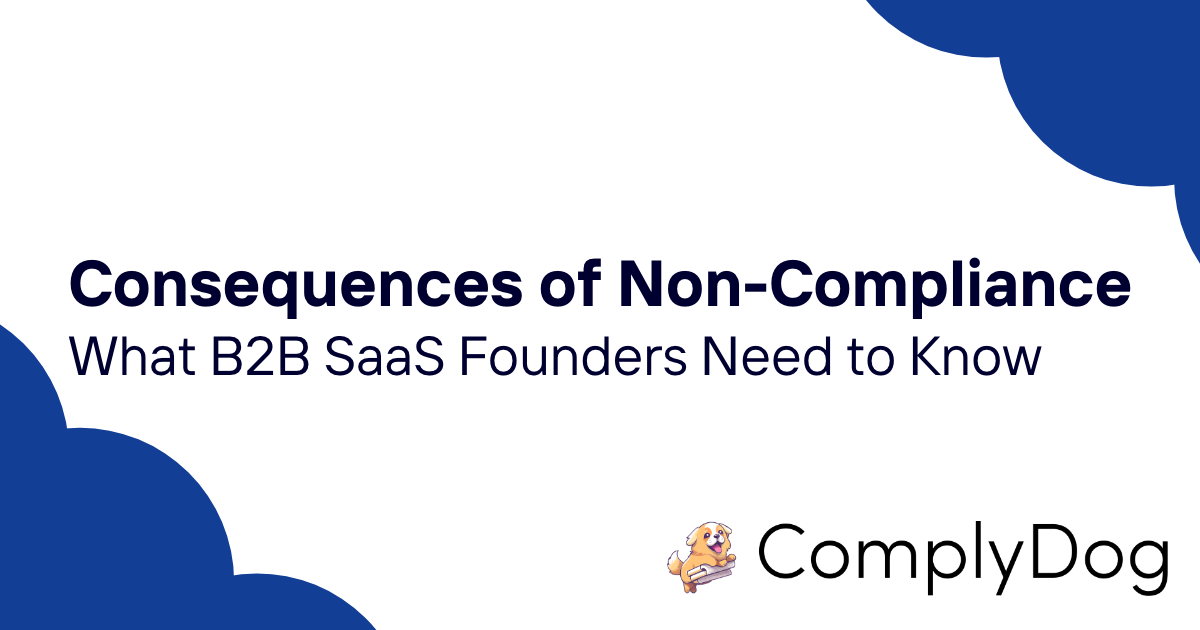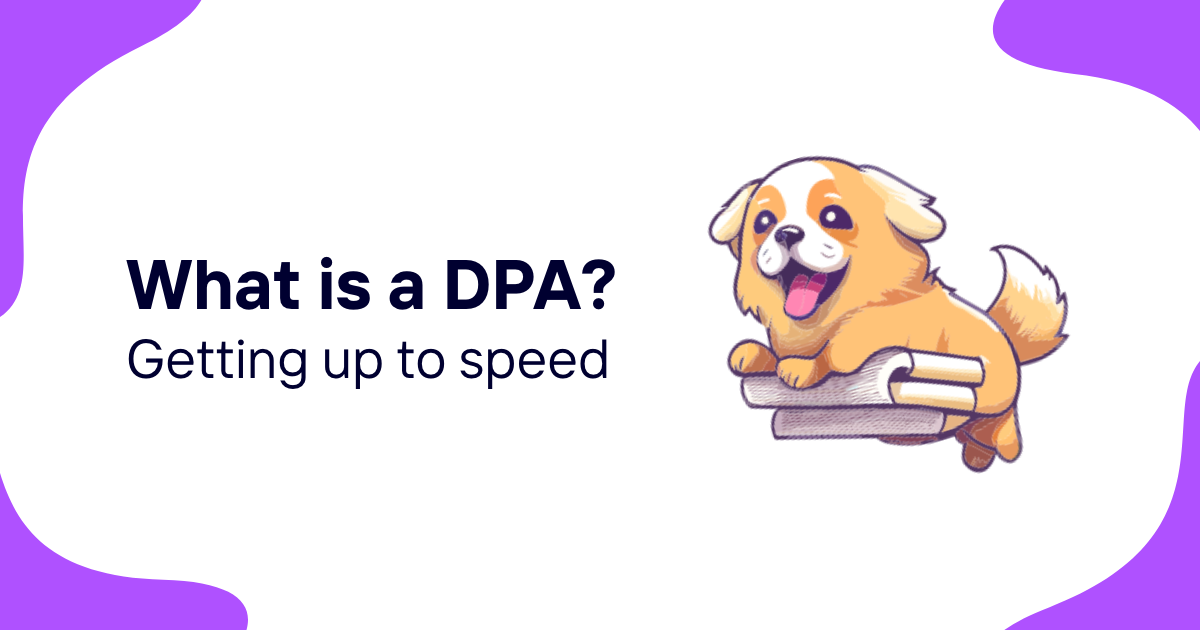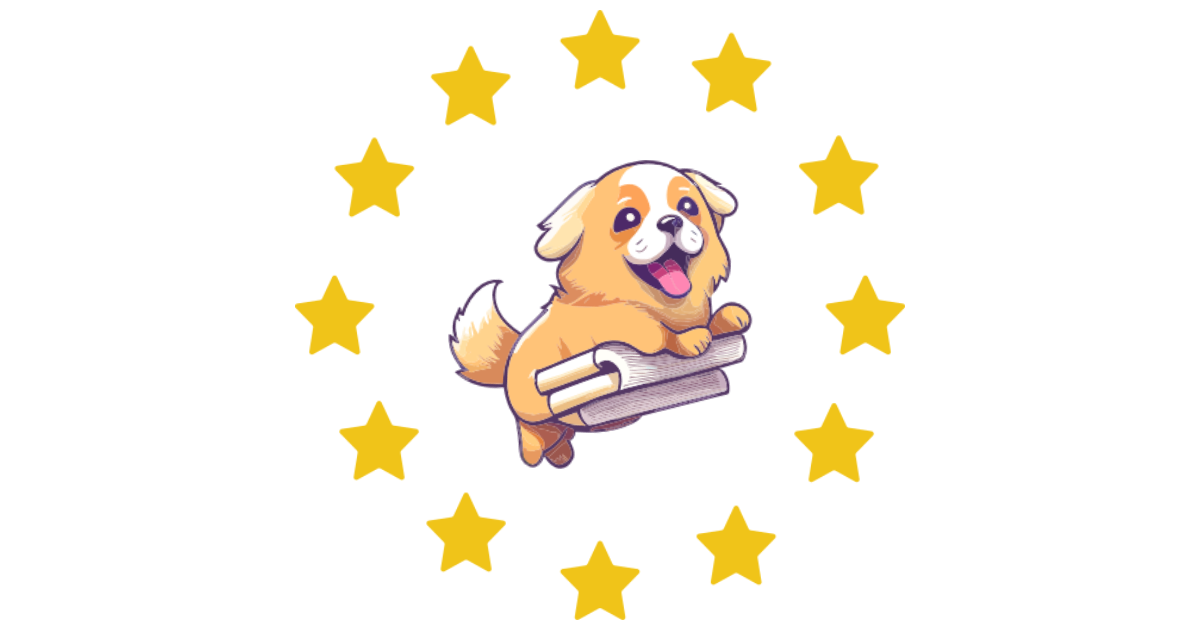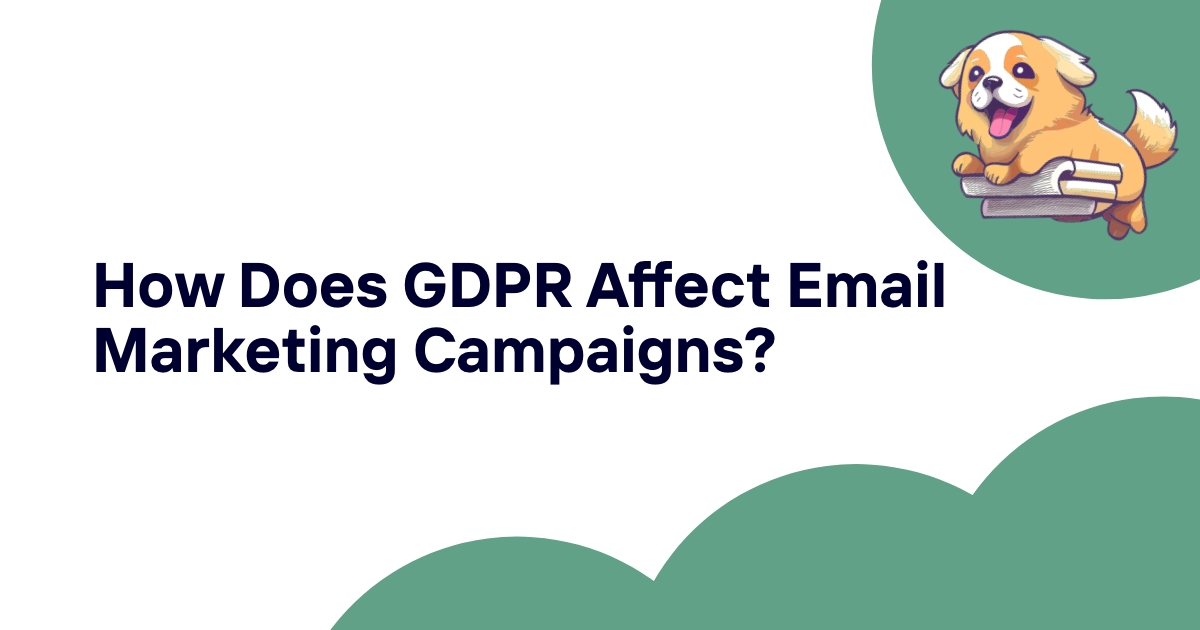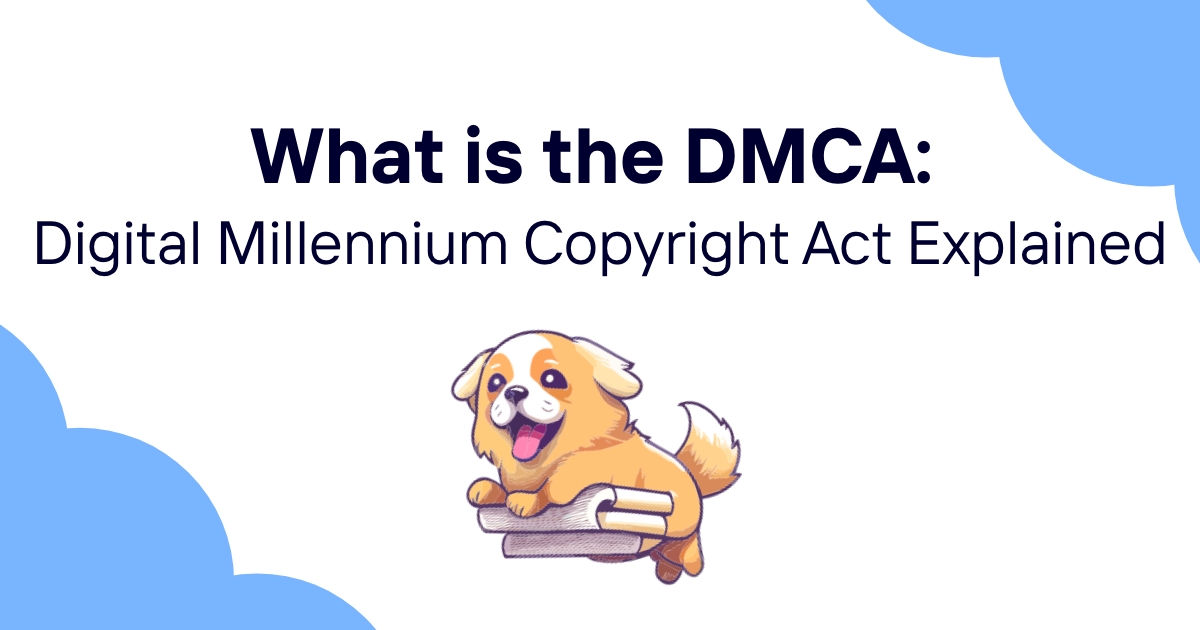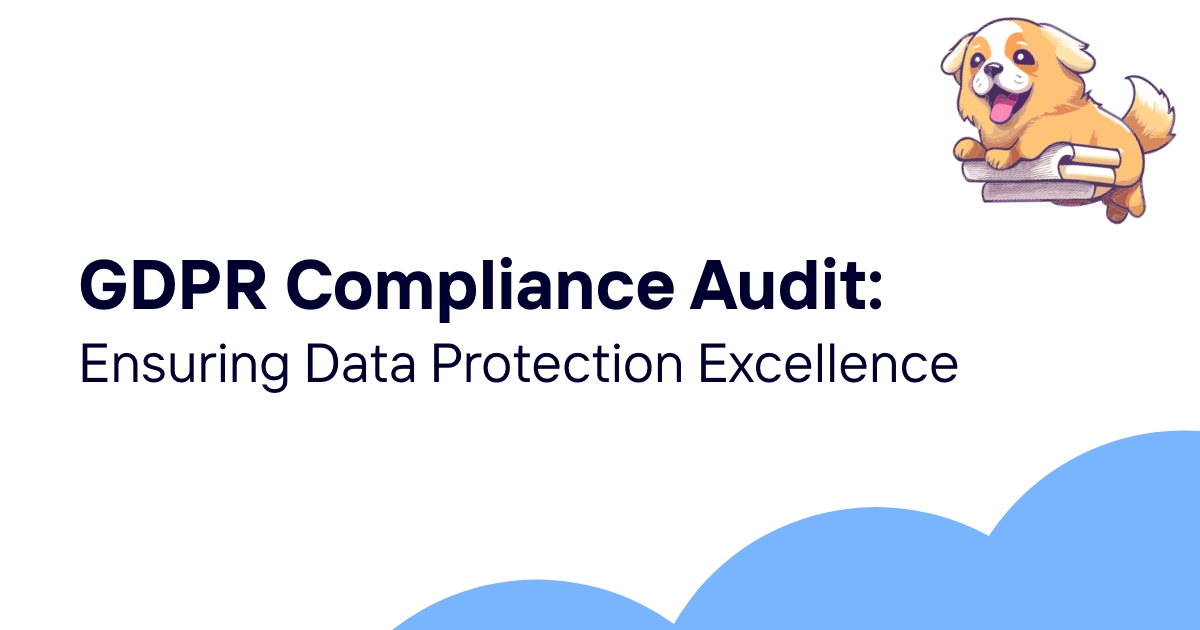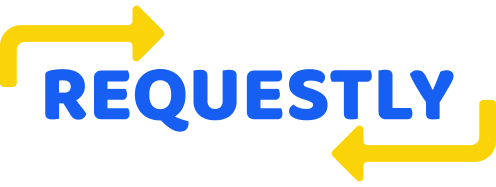The Digital Millennium Copyright Act (DMCA) provides essential legal frameworks for managing copyright issues in digital environments, offering both protections for copyright holders and safe harbors for online service providers. Understanding DMCA compliance is crucial for digital platforms, content creators, and businesses operating online.
This comprehensive guide explains DMCA requirements, procedures, and best practices for achieving compliance while balancing copyright protection with legitimate platform operations and user rights.
What is the Digital Millennium Copyright Act (DMCA)?
The Digital Millennium Copyright Act (DMCA) is a United States federal law enacted in 1998 that addresses copyright issues in digital environments by establishing frameworks for copyright protection and online service provider liability.
DMCA Purpose and Objectives
The DMCA addresses fundamental challenges created by digital technology and the internet:
Copyright Protection: Providing copyright holders with tools to protect their intellectual property in digital environments where copying and distribution are easy and widespread.
Innovation Balance: Balancing copyright protection with the need to foster innovation and legitimate uses of digital technology.
Platform Protection: Offering safe harbor protections for online service providers who follow specified procedures for addressing copyright infringement.
Notice and Takedown: Establishing standardized procedures for copyright holders to request removal of infringing content and for platforms to respond appropriately.
Fair Use Preservation: Maintaining space for fair use and legitimate content while providing effective copyright enforcement mechanisms.
DMCA Legal Framework
The DMCA operates within the broader U.S. copyright law framework while addressing digital-specific issues:
Copyright Act Integration: The DMCA amends the U.S. Copyright Act to address digital technology challenges while preserving existing copyright principles.
Safe Harbor Provisions: Specific protections for online service providers who meet certain requirements and follow prescribed procedures.
Anti-Circumvention Rules: Prohibitions against circumventing technological measures that control access to copyrighted works.
Notice and Takedown System: Structured procedures that balance copyright enforcement with platform operations and user rights.
International Implications: While U.S. law, DMCA principles influence international copyright approaches and platform policies worldwide.
DMCA Stakeholder Categories
Different stakeholders have distinct roles and obligations under DMCA:
Copyright Holders: Individuals and organizations who own copyrighted works and seek protection from unauthorized use or distribution.
Online Service Providers: Platforms, hosting services, search engines, and other digital intermediaries that may host or facilitate access to content.
Users and Content Creators: Individuals who upload, share, or access content through digital platforms and services.
Government Agencies: U.S. Copyright Office and other agencies that administer DMCA registration and enforcement procedures.
Legal Professionals: Attorneys and legal advisors who help stakeholders navigate DMCA requirements and procedures.
DMCA Section Overview
The DMCA includes several key sections addressing different aspects of digital copyright:
Section 512: Safe harbor provisions for online service providers, including notice and takedown procedures.
Section 1201: Anti-circumvention provisions prohibiting the circumvention of technological protection measures.
Section 1202: Copyright management information provisions addressing the integrity of copyright identification information.
Title II: Limitations on liability for online service providers who comply with specified requirements.
Title IV: Miscellaneous provisions including distance education and library exemptions.
DMCA Safe Harbor Provisions
DMCA safe harbor provisions protect qualifying online service providers from copyright liability when they meet specific requirements and follow prescribed procedures.
Safe Harbor Eligibility Requirements
Online service providers must meet several requirements to qualify for DMCA safe harbor protection:
Service Provider Definition: Qualifying as an online service provider under DMCA definitions, including platforms that transmit, route, or provide connections for digital communications.
Knowledge Standards: Demonstrating lack of actual knowledge of specific infringing activity and absence of awareness of facts indicating infringing activity.
Financial Benefit: Not receiving financial benefit directly attributable to infringing activity when the provider has the right and ability to control such activity.
Expeditious Removal: Responding expeditiously to remove or disable access to allegedly infringing material upon receiving proper notice.
Repeat Infringer Policy: Implementing and reasonably applying policies for terminating accounts of users who are repeat copyright infringers.
Categories of Safe Harbor Protection
DMCA provides safe harbor protection for different types of online service provider activities:
Transitory Communications: Protection for providers who merely transmit, route, or provide connections for communications without modification.
System Caching: Protection for intermediate and temporary storage of material through automatic technical processes.
User-Directed Storage: Protection for storage of material at the direction of users, subject to notice and takedown procedures.
Information Location Tools: Protection for referring or linking users to online locations containing infringing material.
Safe Harbor Compliance Requirements
Maintaining safe harbor protection requires ongoing compliance with specific requirements:
Agent Designation: Designating an agent to receive takedown notices and registering agent information with the U.S. Copyright Office.
Notice Processing: Implementing procedures for receiving and processing takedown notices according to DMCA specifications.
Takedown Implementation: Expeditiously removing or disabling access to allegedly infringing material upon receiving valid notices.
Counter-Notice Procedures: Implementing procedures for users to submit counter-notices disputing takedown requests.
Policy Communication: Clearly communicating repeat infringer policies and DMCA procedures to users.
Safe Harbor Limitations and Exclusions
Safe harbor protection has specific limitations and doesn't apply in all circumstances:
Knowledge-Based Exclusions: Protection doesn't apply when service providers have actual knowledge of specific infringing activity.
Control-Based Exclusions: Protection may not apply when providers have the right and ability to control infringing activity and receive financial benefit from it.
Willful Blindness: Protection doesn't apply when providers deliberately avoid learning about obvious infringing activity.
Non-Compliance Consequences: Failure to meet safe harbor requirements can result in loss of protection and potential copyright liability.
Monitoring Obligations: Safe harbor protection doesn't require active monitoring for infringement, but providers must respond to actual knowledge appropriately.
DMCA Takedown Notice Requirements
DMCA takedown notices must include specific information and follow prescribed formats to be legally effective and trigger safe harbor obligations.
Required Notice Elements
Valid DMCA takedown notices must contain specific information elements:
Copyright Holder Information: Identification of the person authorized to act on behalf of the copyright owner or the copyright owner themselves.
Copyrighted Work Identification: Clear identification of the copyrighted work alleged to be infringed, including sufficient detail to locate and identify the work.
Infringing Material Location: Specific identification of the material claimed to be infringing, including URLs or other location information sufficient to locate the material.
Contact Information: Sufficient contact information for the complaining party, including address, telephone number, and email address.
Good Faith Statement: Statement that the complaining party has a good faith belief that use of the material is not authorized by the copyright owner.
Accuracy and Authority Statement: Statement under penalty of perjury that the information is accurate and the complaining party is authorized to act.
Notice Format and Submission
Takedown notices must follow specific format requirements and submission procedures:
Written Format: Notices must be in writing, either physical or electronic, and include all required elements.
Signature Requirements: Notices must be signed by the copyright owner or authorized representative, including electronic signatures.
Submission Methods: Notices must be submitted to the service provider's designated agent through specified contact methods.
Language Requirements: Notices should be in English or include English translations for effective processing.
Documentation Support: Including supporting documentation that demonstrates copyright ownership and infringement claims.
Notice Evaluation and Validity
Service providers must evaluate notice validity while not being required to investigate copyright ownership:
Completeness Assessment: Reviewing notices for inclusion of all required DMCA elements.
Substantial Compliance: Determining whether notices substantially comply with DMCA requirements even if not perfect.
Good Faith Evaluation: Assessing whether notices appear to be submitted in good faith rather than for harassment or censorship.
Obvious Defects: Identifying clear defects that prevent effective processing of takedown requests.
Follow-Up Communication: Communicating with notice submitters about defective notices and opportunities for correction.
Processing Timeframes and Procedures
DMCA requires expeditious processing of valid takedown notices:
Expeditious Standard: Processing notices and taking action as quickly as reasonably possible given the circumstances.
Removal Implementation: Removing or disabling access to allegedly infringing material upon determining notice validity.
User Notification: Notifying users when their content is removed due to DMCA takedown notices.
Documentation Maintenance: Maintaining records of takedown notices and actions taken for potential legal proceedings.
Counter-Notice Preparation: Preparing for potential counter-notices and restoration procedures.
As discussed in our TCF transparency framework guide, digital platforms often need to manage multiple compliance frameworks simultaneously, including copyright and privacy requirements.
DMCA Counter-Notice Procedures
DMCA counter-notice procedures enable users to dispute takedown actions and seek restoration of content they believe was wrongfully removed.
Counter-Notice Rights and Requirements
Users have specific rights to contest takedown actions through counter-notice procedures:
Dispute Right: Users can dispute takedown actions they believe were based on misidentification or erroneous removal of non-infringing content.
Good Faith Requirement: Counter-notices must be submitted in good faith with honest belief that content was wrongfully removed.
Legal Consequences: Counter-notice submitters consent to jurisdiction and accept potential legal consequences for false claims.
Restoration Process: Valid counter-notices trigger procedures for content restoration unless copyright holders file legal action.
Time Limitations: Counter-notices must be submitted within reasonable timeframes following takedown notifications.
Required Counter-Notice Elements
Valid counter-notices must include specific information similar to takedown notices:
User Identification: Clear identification of the person submitting the counter-notice and their contact information.
Removed Content Description: Specific description of content that was removed and its location before removal.
Good Faith Statement: Statement under penalty of perjury that the user has a good faith belief content was removed due to mistake or misidentification.
Consent to Jurisdiction: Statement consenting to federal court jurisdiction where the user resides or where the service provider is located.
Signature Requirements: Valid signature, including electronic signatures, from the counter-notice submitter.
Service Provider Counter-Notice Obligations
Service providers must follow specific procedures when receiving valid counter-notices:
Notice Forwarding: Promptly forwarding counter-notices to the original takedown notice submitters.
Restoration Timeline: Restoring removed content within 10-14 business days unless copyright holders file legal action.
Legal Action Notification: Monitoring for notifications of legal action that would prevent content restoration.
User Communication: Notifying users about counter-notice processing and restoration timelines.
Documentation Maintenance: Maintaining records of counter-notices and restoration actions for legal compliance.
Copyright Holder Response Options
Copyright holders receiving counter-notices have several response options:
Legal Action Filing: Filing federal court lawsuits to prevent content restoration and seek permanent removal.
Negotiation and Settlement: Attempting to resolve disputes through direct communication or alternative dispute resolution.
Evidence Review: Reviewing additional evidence that might support or contradict infringement claims.
Policy Evaluation: Assessing whether takedown requests align with copyright enforcement policies and business objectives.
Strategic Considerations: Evaluating costs and benefits of different response options given specific circumstances.
Platform DMCA Compliance Requirements
Digital platforms must implement comprehensive DMCA compliance programs to maintain safe harbor protection while managing user-generated content and copyright concerns.
Compliance Infrastructure Development
Platforms need systematic infrastructure to handle DMCA requirements effectively:
Agent Designation and Registration: Appointing designated agents to receive takedown notices and maintaining current registration with the U.S. Copyright Office.
Notice Processing Systems: Implementing systems that can receive, evaluate, and process takedown notices efficiently and in compliance with DMCA requirements.
Content Management Integration: Integrating DMCA procedures with content management systems to enable rapid content removal and restoration.
User Communication Systems: Developing systems for notifying users about takedown actions and counter-notice opportunities.
Documentation and Record Keeping: Maintaining comprehensive records of DMCA notices, actions taken, and compliance activities.
Repeat Infringer Policies
DMCA safe harbor protection requires implementing and enforcing repeat infringer policies:
Policy Development: Creating clear policies that define repeat infringement and specify consequences for violations.
Detection Systems: Implementing systems that track user infringement patterns and identify repeat offenders.
Progressive Enforcement: Developing graduated response systems that may include warnings, temporary suspensions, and account termination.
Appeal Procedures: Providing users with opportunities to appeal infringement determinations and account actions.
Policy Communication: Clearly communicating repeat infringer policies to users through terms of service and other notifications.
User Education and Communication
Effective DMCA compliance includes educating users about copyright requirements and platform policies:
Copyright Education: Providing users with information about copyright law, fair use, and acceptable content practices.
Policy Communication: Clearly explaining platform DMCA procedures and user rights and obligations.
Proactive Guidance: Offering guidance about avoiding copyright infringement and using content appropriately.
Resource Provision: Providing links to copyright education resources and legal information.
Community Standards: Integrating copyright compliance with broader community standards and content policies.
Technology and Automation
Modern platforms often use technology to enhance DMCA compliance efficiency:
Automated Detection: Implementing content identification systems that can detect potential copyright infringement automatically.
Processing Automation: Automating routine aspects of DMCA notice processing while maintaining human oversight for complex cases.
Analytics and Reporting: Using analytics to track DMCA activity patterns and identify potential compliance issues.
Integration Tools: Integrating DMCA compliance with other platform moderation and content management tools.
Performance Monitoring: Monitoring DMCA compliance performance and identifying opportunities for improvement.
DMCA Agent Registration Process
Service providers seeking safe harbor protection must register designated agents with the U.S. Copyright Office following specific procedures and requirements.
Agent Designation Requirements
Designated agents must meet specific qualifications and provide required information:
Agent Authority: Agents must be authorized to act on behalf of the service provider for DMCA purposes.
Contact Information: Complete and current contact information including physical address, telephone number, and email address.
Service Provider Information: Detailed information about the service provider including business name, address, and nature of services.
Multiple Agent Options: Large service providers may designate multiple agents for different services or geographic regions.
Update Obligations: Maintaining current agent information and updating registrations when information changes.
Registration Process and Procedures
The Copyright Office maintains specific procedures for agent registration:
Online Registration System: Using the Copyright Office's online system for initial registration and updates.
Required Documentation: Providing all required information and documentation to support agent designation.
Fee Payment: Paying applicable registration fees and maintaining current registration status.
Processing Timeline: Understanding typical processing timelines and following up on registration status.
Renewal Requirements: Meeting ongoing renewal requirements to maintain active agent registration.
Public Directory Maintenance
The Copyright Office maintains public directories of registered agents:
Directory Inclusion: Ensuring accurate inclusion in public agent directories that copyright holders use to locate appropriate contacts.
Information Accuracy: Maintaining accurate directory information to facilitate effective notice delivery.
Search Optimization: Ensuring service provider and agent information is easily discoverable through directory search functions.
Multiple Listing Management: Managing multiple agent listings for complex service provider organizations.
Directory Monitoring: Monitoring directory listings for accuracy and completeness.
Registration Maintenance and Updates
Ongoing agent registration requires regular maintenance and updates:
Information Currency: Keeping all agent and service provider information current and accurate.
Regular Review: Periodically reviewing registration information for accuracy and completeness.
Change Notification: Promptly notifying the Copyright Office of changes to agent or service provider information.
Compliance Monitoring: Monitoring registration status and renewal requirements to maintain continuous compliance.
Documentation Management: Maintaining records of registration activities and correspondence with the Copyright Office.
Common DMCA Violations and Prevention
Understanding common DMCA violations helps platforms and users avoid compliance problems while maintaining effective copyright protection and platform operations.
Frequent Violation Categories
Several types of DMCA violations occur regularly across digital platforms:
Inadequate Notice Processing: Failing to process valid takedown notices expeditiously or according to DMCA requirements.
Improper Agent Registration: Maintaining outdated agent registration information or failing to register agents properly.
Insufficient Repeat Infringer Policies: Lacking adequate policies for addressing repeat copyright infringers or failing to enforce such policies consistently.
Counter-Notice Mishandling: Incorrectly processing counter-notices or failing to follow proper restoration procedures.
Safe Harbor Non-Compliance: Failing to meet ongoing safe harbor requirements while claiming DMCA protection.
Prevention Strategies and Best Practices
Systematic prevention approaches help avoid common DMCA compliance problems:
Comprehensive Policy Development: Creating detailed DMCA policies that address all requirements and potential scenarios.
Staff Training and Education: Training staff responsible for DMCA compliance on requirements, procedures, and best practices.
System Implementation: Implementing robust systems that support effective DMCA compliance and reduce human error.
Regular Compliance Audits: Conducting periodic audits of DMCA compliance activities and identifying improvement opportunities.
Legal Consultation: Working with legal counsel experienced in copyright law and DMCA compliance.
Risk Assessment and Monitoring
Ongoing risk assessment helps identify potential compliance issues before they become problems:
Compliance Risk Indicators: Monitoring key indicators that suggest potential DMCA compliance problems.
User Behavior Analysis: Analyzing user behavior patterns that might indicate increased copyright infringement risk.
Notice Volume Tracking: Tracking takedown notice volumes and patterns to identify potential systemic issues.
Legal Trend Monitoring: Monitoring copyright law developments and DMCA enforcement trends that might affect compliance.
Industry Benchmark Comparison: Comparing compliance performance against industry standards and best practices.
Violation Response and Remediation
When violations occur, effective response helps minimize consequences and prevent recurrence:
Immediate Remediation: Taking immediate action to address identified violations and restore compliance.
Root Cause Analysis: Investigating underlying causes of violations to prevent similar future problems.
Process Improvement: Implementing process improvements based on violation analysis and lessons learned.
Documentation and Reporting: Maintaining appropriate documentation of violations and remediation activities.
Legal Consultation: Seeking legal advice for significant violations or complex compliance issues.
DMCA Compliance Best Practices
Effective DMCA compliance requires systematic approaches that integrate copyright protection with business operations while respecting user rights and maintaining legal protection.
Proactive Compliance Management
Building sustainable DMCA compliance requires proactive rather than reactive approaches:
Policy Integration: Integrating DMCA compliance with broader platform policies and community standards.
User Education: Proactively educating users about copyright requirements and best practices for content sharing.
Technology Utilization: Using appropriate technology to detect and prevent copyright infringement while preserving legitimate uses.
Stakeholder Communication: Maintaining clear communication with users, copyright holders, and other stakeholders about DMCA procedures.
Continuous Improvement: Regularly evaluating and improving DMCA compliance based on experience and changing requirements.
Balanced Enforcement Approaches
Effective DMCA compliance balances copyright protection with other important values:
Fair Use Consideration: Implementing procedures that consider fair use and other copyright exceptions before removing content.
Proportional Response: Using enforcement measures that are proportional to infringement severity and user intent.
Appeal and Review: Providing appropriate appeal mechanisms for users who believe their content was wrongfully removed.
Transparency Reporting: Publishing transparency reports that provide stakeholders with information about DMCA activity.
Rights Holder Cooperation: Working constructively with rights holders to address copyright concerns while protecting platform integrity.
Operational Excellence
Maintaining operational excellence ensures sustainable and effective DMCA compliance:
Process Standardization: Developing standardized processes that ensure consistent compliance across all platform activities.
Quality Assurance: Implementing quality assurance measures that verify compliance activities meet legal requirements.
Performance Monitoring: Monitoring key performance indicators related to DMCA compliance effectiveness and efficiency.
Resource Management: Allocating appropriate resources for DMCA compliance while maintaining operational efficiency.
Training and Development: Providing ongoing training and professional development for staff responsible for DMCA compliance.
Strategic Compliance Integration
Successful organizations integrate DMCA compliance with broader business strategy:
Business Model Alignment: Ensuring DMCA compliance approaches align with business models and strategic objectives.
Product Development Integration: Incorporating copyright considerations into product development and feature design processes.
Partnership Considerations: Evaluating DMCA implications when forming partnerships or integrating with other platforms.
International Expansion: Considering DMCA compliance in the context of international expansion and cross-border operations.
Industry Leadership: Using excellent DMCA compliance as a foundation for industry leadership and competitive advantage.
Building effective DMCA compliance requires understanding both legal requirements and practical implementation challenges. The most successful approaches treat copyright compliance as an integral part of platform operations rather than a separate legal obligation.
For organizations managing multiple compliance requirements including copyright and privacy obligations, integrated approaches often provide better results than managing different legal frameworks in isolation.
Ready to implement comprehensive compliance that addresses copyright protection alongside privacy and data protection requirements? Use ComplyDog and get integrated compliance management that addresses multiple regulatory frameworks while maintaining operational efficiency and supporting business growth.
